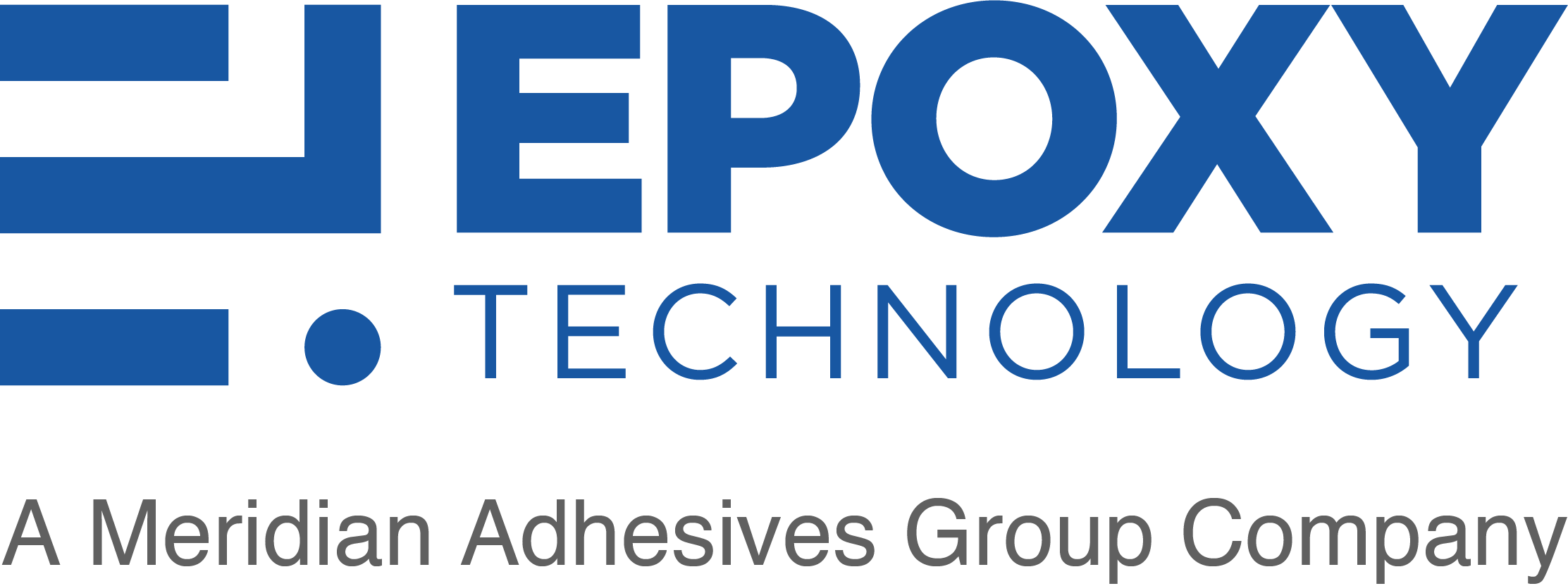The loss of power that results from inserting a component, such as a connector or splice, into a previously continuous path.
Insulation Resistance
The ratio of the direct voltage applied to electrodes in contact with an epoxy system to the total current between them. It is dependent upon both the volume and surface resistance of the epoxy systems. ASTM D257-61.
Insulators
A class of materials that do not conduct electricity and are characterized by high resistivity.
Integrated Circuit
A microcircuit that consists of interconnected elements inseparably associated and formed in-situ on or within a single substrate, usually silicon, to perform an electronic circuit function.
Interconnect
The conductive path required to achieve connection from one circuit element to another.
IR
See infrared.
ISA
Instrument Society of America.
GalnAsP
(Gallium indium arsenide phosphide) Generally used for long wavelength light emitters.
Gardner Color Scale
A system of color standards based upon stable solutions of ferric chloride used in the evaluation of resins, lacquers, oils and varnishes. The Gardner Scale can be correlated roughly with other color standards such as FAC, ASTM, NPA and Lovibond.
Ge Germanium
Generally used in detectors. Good for most wavelengths (e.g., 800-1600 nm).
Gel
The initial jelly-like solid phase that develops during the transition from a liquid to a solid. Note- In this state the epoxy is soft, flexible, and has no strength.
GelPak
A matrix tray style feeder without pockets, that consists of a tacky gel over a mesh. The components are placed in a regular array on the tray and are held in place by the tacky gel. When picking components, vacuum is applied through the bottom of the tray, pulling the gel through the mesh and releasing the die.
GHZ
(Gigahertz) One billion Hertz (cycles per second) or 109 Hertz.
Glass Fiber
Glass Fiber is the original FiberOptic material, and still the standard in communications technology. Glass fiber requires a large bend radius and is not easily field-terminated. Lightly Expressed does not typically use glass fiber. See Acrylic Fiber.
Glass Transition Temperature (Tg)
Approximate midpoint of the temperature range over which a material undergoes a phase change from brittle to rubbery or vice versa.
Gloss
That property of the cured epoxy or any other material which causes it to reflect light.
Green Strength
The strength of a substance, joint, or assembly before it has been cured.
Halo
A bright or dark ring around a drop of molten solder on a flat surface.
Hardener
A substance or mixture of substances added to an epoxy resin to promote or control the curing reaction by taking part in it.
Heat Distortion (Deflection) Temperature
The temperature at which a material softens enough to distort under a given load. It is not usually considered to be beyond the maximum usable temperature, but is an indication of the maximum usable temperature when the material is load bearing at a given load. As the load decreases, the maximum usable temperature will increase.




